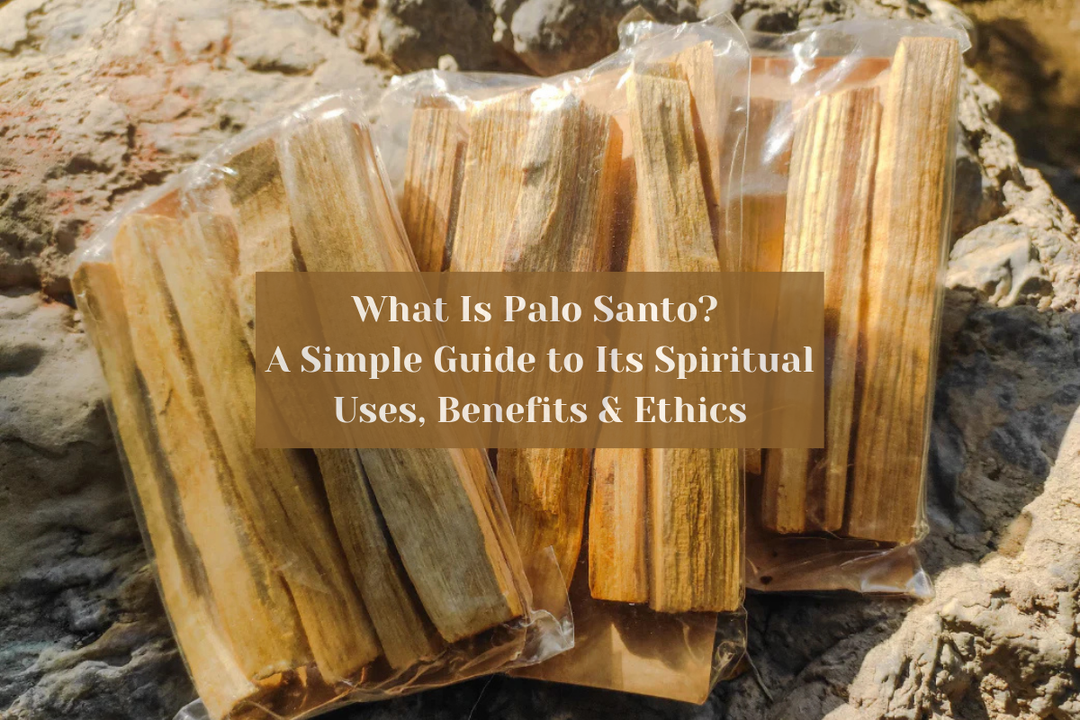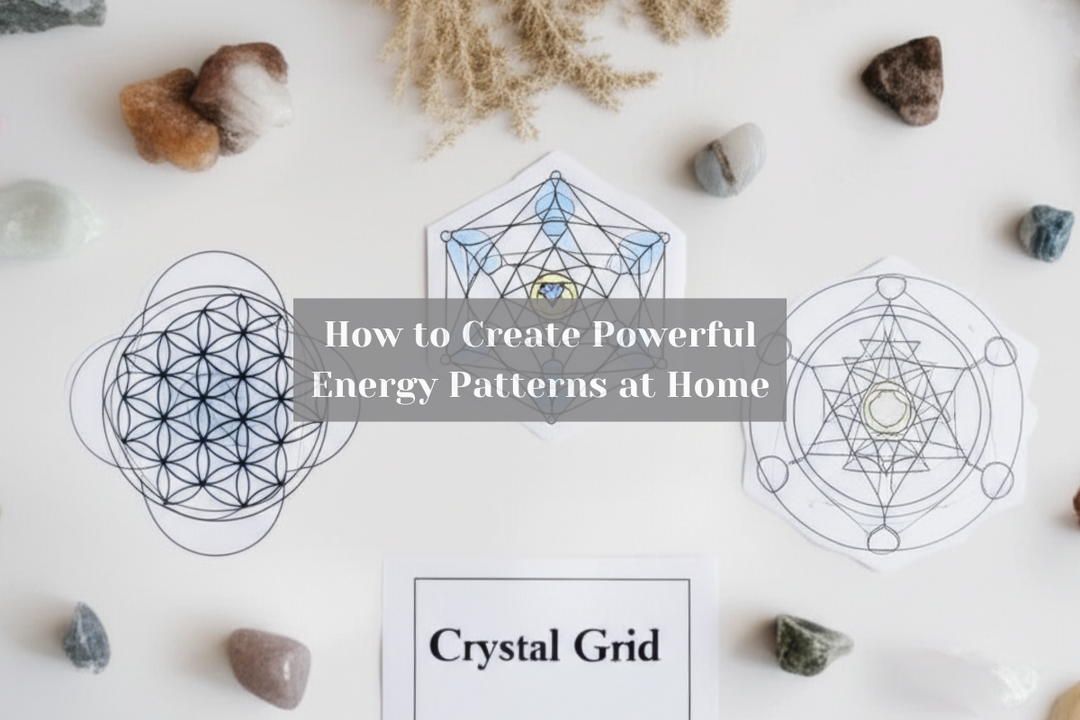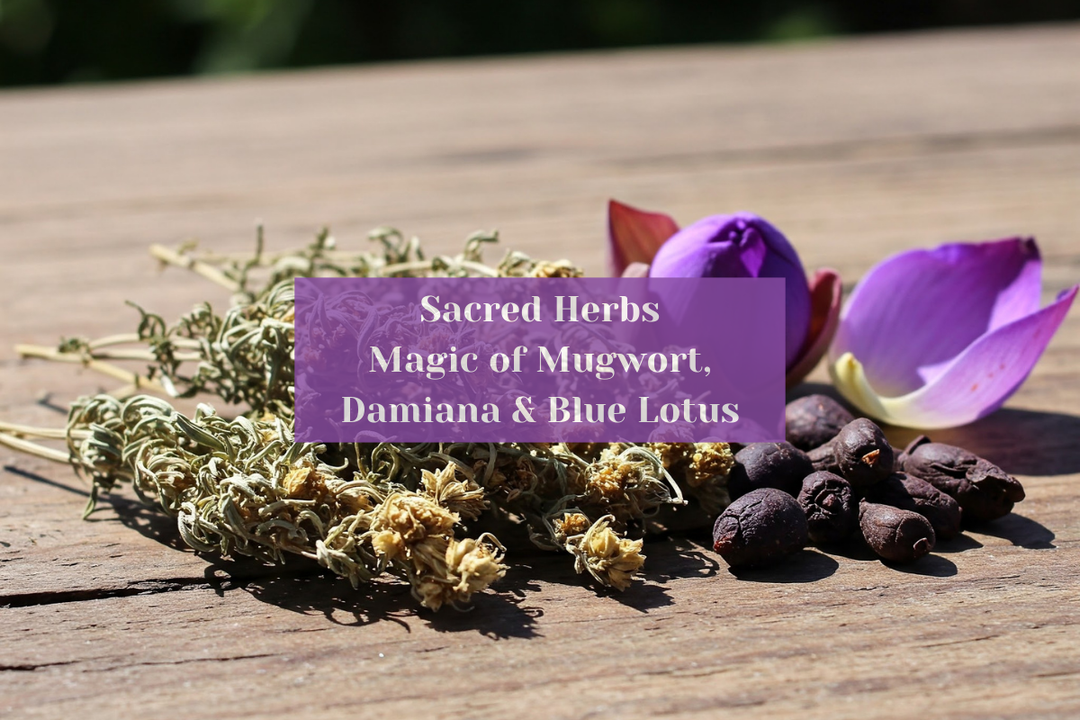Is Your Wardrobe Hurting the Planet? Discover How Small Changes Can Make a Big Difference

Eco-conscious fashion. It’s a term you see everywhere now, but what does it actually mean for our lives and the way we dress? It’s more than a trend; it’s a choice we can make to protect the planet, promote ethical practices, and, honestly, feel pretty good about our wardrobe decisions.
Let’s break down what eco-conscious fashion really is, why it matters, and what small steps you can take to make an impact—even if it’s just choosing one sustainable piece at a time.
How Does Fashion Affects the Planet?
1. Fast Fashion = Massive Environmental Impact
Many of us may not realize the true cost behind those “affordable” clothes in our closets. Fashion today contributes to around 10% of global carbon emissions, and water is used at astonishing rates to produce each item. For instance, one T-shirt can take over 700 gallons of water to make—enough for one person to drink for almost three years!
2. Piling Up Waste

Picture by Mason McCall on Pexels
On average, the typical garment is worn only seven times before it’s discarded. The world throws away 92 million tons of textiles each year, most of which end up in landfills where they sit for decades (or even centuries if they’re made of synthetic materials like polyester).
What Does Eco-Conscious Fashion Really Means?
Eco-conscious fashion isn’t about perfection; it’s about making mindful, thoughtful choices that help reduce harm to the environment and support fair labor practices. Here’s what it looks like in action:
1. Quality Over Quantity
Instead of buying ten trendy tops that’ll last a few months, consider choosing one or two pieces that can stand the test of time. Investing in quality means less waste and a wardrobe that grows with you, not against you.
2. Fair Labor Practices
The people who make our clothes deserve fair wages and safe working conditions. By supporting brands that uphold ethical practices, you’re supporting a system that values human rights.
3. Natural and Recycled Materials

Choosing fabrics like organic cotton, linen, and hemp, or materials made from recycled fibers, reduces the demand for resource-intensive synthetics. Natural materials are often biodegradable and require fewer chemicals and water to produce.
How Can You Embrace Eco-Conscious Fashion in Small Steps?
Transitioning to an eco-conscious wardrobe doesn’t mean a full overhaul. Simple changes can make a huge impact.
1. Choose One Sustainable Item
Start small with one thoughtful choice—whether it’s an organic cotton T-shirt or a cozy, handwoven scarf. You don’t need to go all-in at once; even one item that’s built to last is a step in the right direction.
2. Explore Local and Artisan Brands
Brands like Sacred Ceremony Co. (based right in the heart of Rishikesh!) are on a mission to bring conscious fashion to life. They work with artisans to create handcrafted pieces that aren’t just eco-friendly but also connect deeply with tradition and craftsmanship. Supporting brands that prioritize slow, sustainable fashion means you’re part of a movement that values quality over quantity.
3. Give Second-Hand a Try
Buying second-hand is a fantastic way to add unique, quality pieces to your wardrobe without contributing to waste. Check out thrift stores, vintage shops, or even apps like ThredUp to find something that speaks to your style while being kind to the planet.
Small Choices with Big Benefits!
It’s amazing how small eco-conscious choices can create positive effects that reach far beyond our closets. Here are just a few perks of making sustainable fashion choices:
1. Less Clutter, More Clarity

A more intentional wardrobe means less clutter and more space for items that genuinely bring you joy. With fewer, higher-quality pieces, getting dressed each day becomes simpler and more enjoyable.
2. Feeling Connected to What You Wear
Eco-conscious fashion helps us appreciate each piece, knowing that it wasn’t mass-produced but made with care. Each item becomes something you’re proud to wear, reflecting your values and respect for the planet.
3. Empowering Local Artisans and Communities
When you support brands like Sacred Ceremony, you’re doing more than buying a shirt or scarf—you’re supporting skilled artisans who use time-honored techniques. By choosing these pieces, you help keep their traditions alive and contribute directly to their communities.
Misconceptions About Eco-Conscious Fashion
1. “It’s Too Expensive”
It’s true that sustainable clothing can cost more upfront, but it’s built to last. Unlike fast fashion items, quality pieces from eco-conscious brands won’t need to be replaced every season, meaning less waste and, in the long run, less spending.
2. “It’s Not My Style”

Long Sleeve Crop Top with Fringe & Wide Brim Bamboo Bolero Hat
Eco-conscious fashion doesn’t mean only one look! Brands today create everything from bold and modern to classic and minimalist designs, so there’s something for everyone.
3. “It’s Inconvenient”
It can be as simple as choosing one sustainable piece every so often. Over time, these small decisions lead to a closet you’re proud of—one that tells a story of mindfulness and purpose.
Every Step Counts!
The journey toward eco-conscious fashion doesn’t have to be perfect. Small, thoughtful choices go a long way. Whether it’s supporting brands like Sacred Ceremony that work with artisans or simply buying a single sustainable item, each choice contributes to a brighter, more sustainable future.
“Buy less, choose well, make it last.” — Vivienne Westwood





Leave a comment